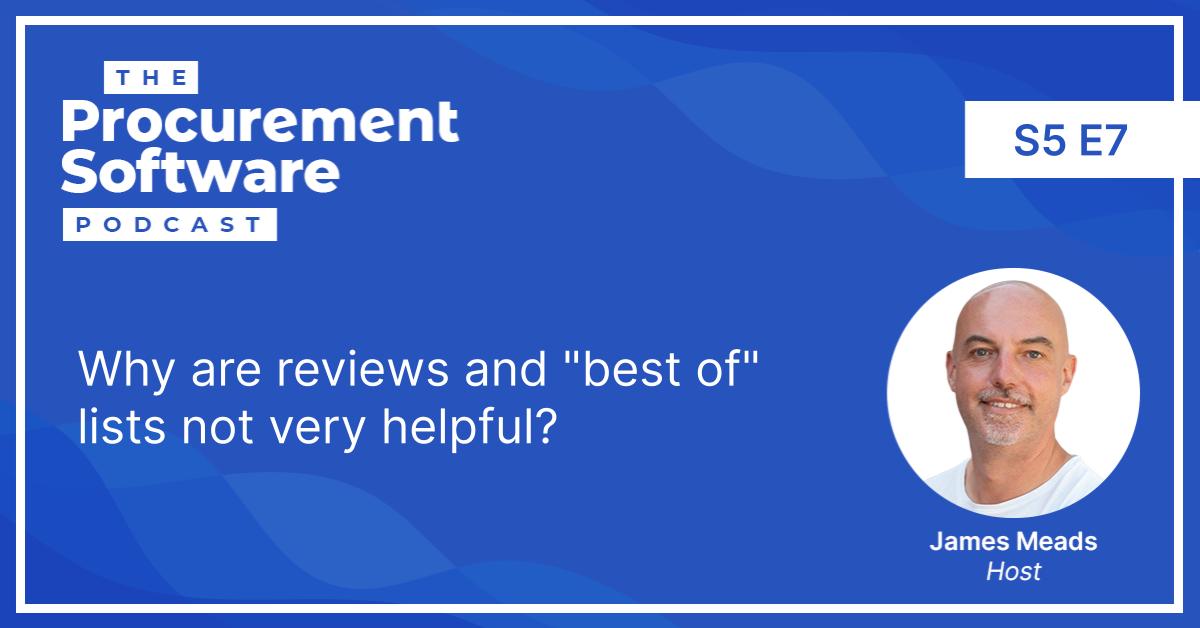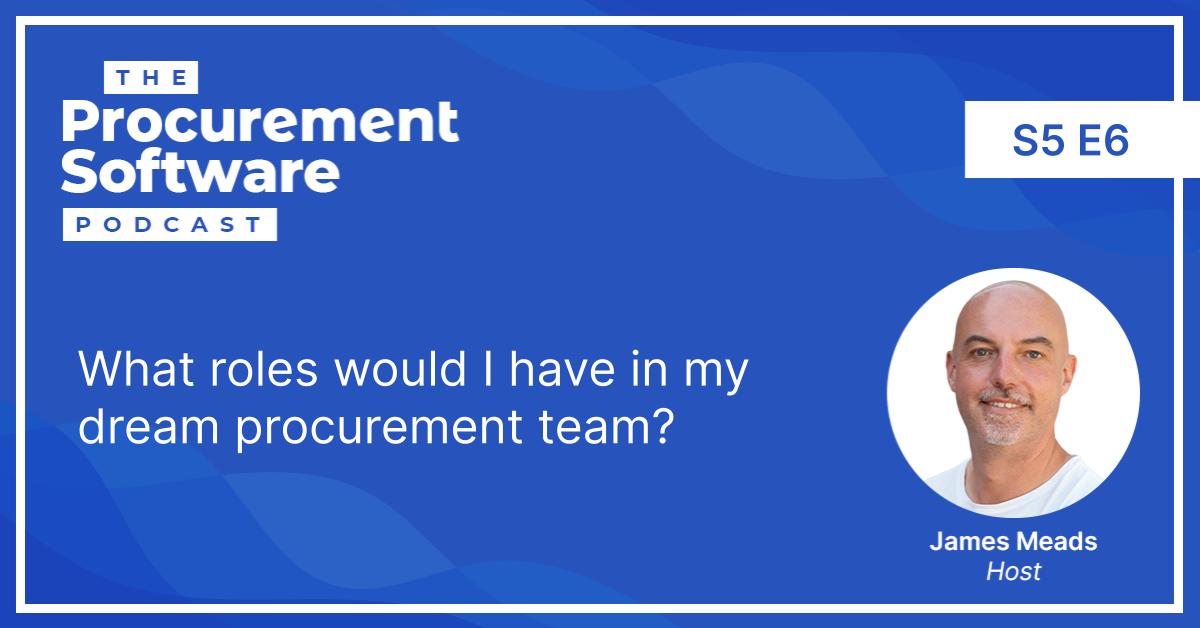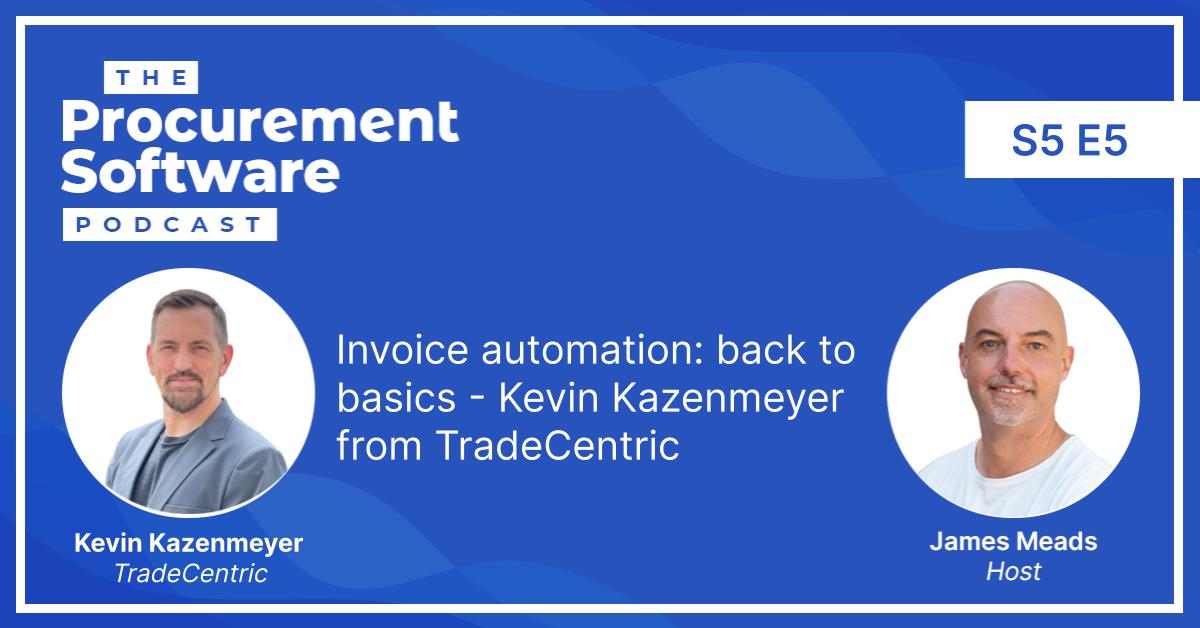On this week’s show we’re digging into the world of direct materials sourcing. It’s a part of the digital procurement landscape that’s been a bit neglected, except for e-sourcing tools, and my guest this week decided to do something about this.
Anne-Sophie Le Bloas, Founder and CEO of Ravacan, experienced in both her native Europe and also in the US, that there wasn’t much innovation out there when it came to leveraging digital tools to manage direct materials spend, and set out to remedy this.
Creating visibility, analytics and clarity in the direct materials space
Part of a rare breed, Anne-Sophie is a fellow ex-Procurement Category Manager turned startup founder. She studied Procurement and Supply Chain in Bordeaux and then moved into the corporate world, starting out in the FMCG industry, moving then into aeronautics and then finally the automotive industry.
Against this backdrop, there is a lot of focus around specification and quality, while at the same time ensuring cost reduction. Engineering and technical decisions are key, but at the same time there is a lot of pressure on cost, especially in lower margin industries such as automotive.
Is it hard to get conversations with innovators and change agents?
Traditional manufacturing is an industry where change often happens very slowly and is difficult to drive innovation and different ways of doing things. I was therefore curious to understand whether Anne-Sophie had experienced challenges getting traction if she is selling software into these types of businesses.
She admits that there have been challenges, but also says that she tried to target the innovators and change agents within these businesses. The COVID-19 pandemic has definitely helped to accelerate the appetite for change and embracing potential new ideas, partly as a result of supply chain shortages, inflationary pressures and longer lead times.
The ability to be able to make decisions faster and to have the bigger picture at your fingertips has been a key factor in driving acceptance of using software. Moving to a remote working environment during COVID meant that previous interactions that would take place within a production plant no longer could, if white collar functions such as Procurement and R&D were working from home.
What’s wrong with managing directs within an ERP?
Understanding knock-on effects and having predictive models to be able to evaluate this impact on the overall supply chain is key. This is something that’s very hard to do from within an ERP system.
For example if a COVID lockdown closes down a factory in a certain part of the world, how can you model this from within your ERP or using a spreadsheet? Asynchronous ways of working are too slow. Data may have changed by the time you have tried to update and work collaboratively on an Excel and email-based project.
Managing multiple tiers of supply and directed buys
Direct material supply chains often have added layers of complexity, where you need to understand relationships beyond your 1st tier suppliers. Anne-Sophie cites the example of the consumer electronics industry where contract manufacturing is normal and the Tier 1 supplier is really just a gatekeeper to a number of external manufacturers.
It’s also quite common in some industries to have “directed buys”, where the end customer dictates to a Tier 1 supplier where to buy certain components to buy from further down the supply chain.
Having the ability to track your BOM electronically, through one platform, gives a whole new level of transparency and visibility.
Leveraging AI to capitalise on savings and limit price impact
With constant price fluctuations in direct materials, there is also an AI element built into the software which allows for intelligent switching of suppliers in the case where components are dual-sourced.
Getting the mix right based on capacity, price, lead time and availability can certainly be managed manually but is very difficult to optimise due to lack of perfect knowledge. Ravacan can do this and intelligently switch the percentage split based on a number of different criteria.
Why go with an all-in-one solution rather than best-of-breed?
Ravacan offers modules that cover:
- “Should cost” analysis
- Demand planning
- Spend analytics
By incorporating all of these into one platform, the “if this, then that” analysis is much easier to calculate when all of this intelligence is within one platform.
So, while a best-of-breed solution for each of these may go into more granular detail and have more features, having three different platforms and getting them to communicate with one another for predictive analytics would almost certainly pose a challenge.
Vendor tooling management capability
Something close to my heart as an ex-automotive direct materials buyer, Ravacan offers the ability to have a digital tooling asset register within the platform.
Knowing where all of your tools are, and being able to stay on top of when a supplier moves them from one manufacturing facility to another, can be a nightmare. I remember having suppliers going into administration early in my career and us not having a clear picture of where all of our tools were.
Tooling can often be VERY expensive.
It’s a bit like owning gold or bitcoin and not having any clue where it’s stored. Being able to track this digitally is a huge administrative saving, and also has a big impact when it comes to increasing transparency and compliance.
It also has an impact on quality too, through being able to proactively track refurbishments and repairs to tools that you own that are under suppliers’ responsibility for maintenance and link these back to any quality improvements or corrective actions.
How big do companies need to be to see ROI from this?
Surprisingly, you don’t need to be a large enterprise to see the benefits of having all of this data in one space and be able to run predictive analytics.
Anne-Sophie describes the sweet spot as being mid-market through to enterprise clients, but especially those who are heavily into a contract manufacturing model with a complex supply chain, dual sourcing and lots of owned tooling on suppliers’ premises.
Stay in touch!
- Connect with Anne-Sophie on LinkedIn
- Visit Ravacan’s website here
- Sign up for the Procuretech Podcast Newsletter
- Book an Intro Call and let’s talk all things Digital Procurement!
- Connect with James on LinkedIn
- Follow The Procuretech Podcast LinkedIn Page


